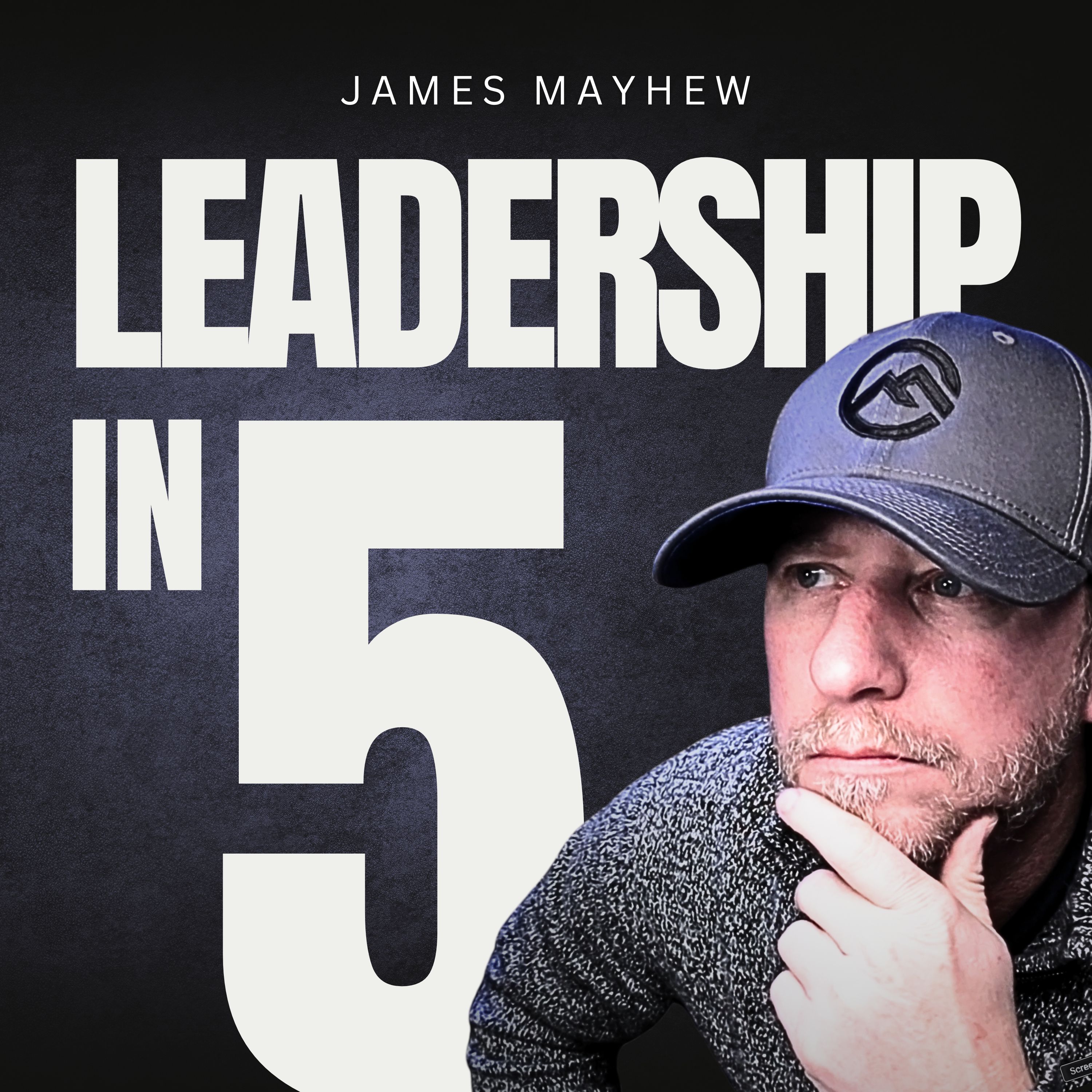The Difference Between Alignment and Agreement
Episode 15: The Difference Between Alignment and Agreement
Series: Execution Is Not a Pep Talk
When everyone nods... but no one follows through—was there really alignment?
This episode dives into the critical difference between agreement and alignment, and why your team’s execution problems might not be about commitment at all—but clarity.
If you’re a founder, executive, or manager who keeps seeing the same gaps in follow-through and execution, this episode is a wake-up call worth hearing.
We’ll unpack:
- Why agreement feels productive—but rarely is
- How alignment builds momentum, not confusion
- Why restating expectations is the fastest way to reveal what’s unclear
- The role of healthy tension in building real execution
- A single question you can ask to check for true alignment
Reflection Questions (from the episode):
- What’s something your team “agreed” to—but never followed through on?
- What’s your current rhythm for reinforcing direction and clarity?
- Where are you assuming alignment… but haven’t tested for it?
Bonus Reflection Questions (for deeper insight):
- How comfortable are you slowing down a meeting to clarify expectations?
- What language do you use to confirm ownership, deadlines, and next steps?
- If you were gone tomorrow, would your team know exactly what to do?
Links and Resources:
The right question changes everything. Grab the free Next Question Guide → NextQuestionGuide.com
Connect with James on LinkedIn → linkedin.com/in/jamesmayhew
Want to learn more or work together? → JamesMayhew.com
Transcript
The team nodded as the plan was laid out.
The founder walked through the strategy, explained the goals, and made sure everyone was on the same page.
“Any questions?”
Silence.
A few head nods.
Maybe a “yep” or two.
And that was it.
They moved forward.
But weeks later, confusion had crept in.
One team was waiting on further instructions.
Another had already moved forward and started another project.
A third was focused on priorities that weren’t even mentioned in the last meeting.
So what happened?
They had agreement.
What they didn’t have… was alignment.
Hi, I’m James and you’re listening to the Leadership in 5 podcast.
We’re in a series called Execution Is Not a Pep Talk—and today we’re taking on one of the biggest leadership traps: confusing agreement with alignment.
Here’s the thing: agreement feels good in the moment.
It’s fast. It’s easy. It feels like buy-in.
But agreement is passive.
Alignment is active.
And that difference matters more than most leaders realize.
Agreement sounds like:
“Yeah, that sounds good.”
Alignment sounds like:
“So just to confirm: I’ll do this, you’ll do that, we’ll review in on Friday.”
Alignment requires clarity.
It requires tension—the healthy kind.
And it takes extra time.
That’s why most teams settle for agreement.
Because it feels easier.
Because it avoids the friction.
Because no one wants to be the person who slows down the meeting to double-check.
But if you’re not slowing down on the front end, you’re guaranteed to slow down later.
That’s when deadlines get missed and the actual results don’t match expected results.
It’s when team members start making quiet assumptions on their own to fill in the gaps and keep moving, but the end up moving in opposite directions.
So how do you shift from agreement to alignment?
It’s not just about the conversation.
It’s about what you do after the conversation.
Ask for clarity.
Ask people to confirm what they heard.
Define success out loud, not just the picture you have in your mind.
Write it down or get it into your project tracker thoroughly (maybe AI can assist you there?)
Review it for gaps, and look for questions that may not have been asked yet, and answer them.
Review it again a week later.
Make sure the expectations are still living in the work, not just in your memory.
Here’s something I teach my clients all the time:
If you want consistent execution, build a rhythm of alignment.
Not a rhythm of speeches and talking points.
Not a rhythm of agreement where you get nods, and simple “yes” responses.
You’re building a rhythm of undeniable clarity.
And that starts by making one simple shift—
Instead of asking, “Do you get it?”
Try asking this:
“If I wasn’t available to you, what would you do next?”
That’s the test.
That’s where you find out what’s clear—and what isn’t.
Because your team doesn’t need another inspiring meeting.
They need to know what matters.
Who owns what.
And how to move forward with confidence.
That’s the work.
That’s the real leadership moment.
And that’s worth thinking about today.




